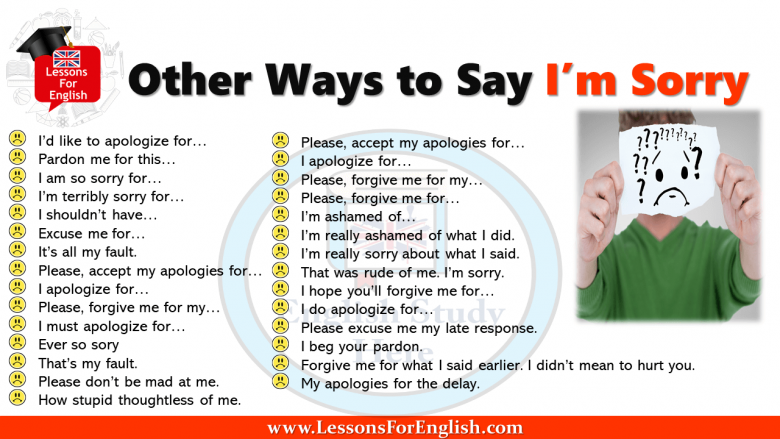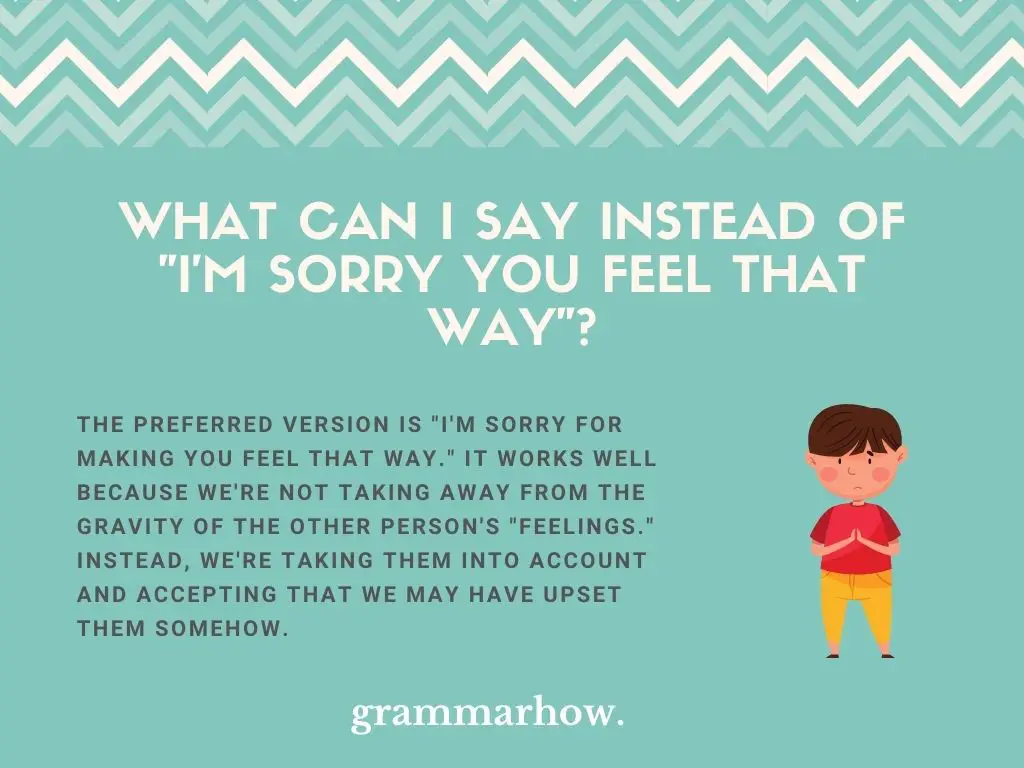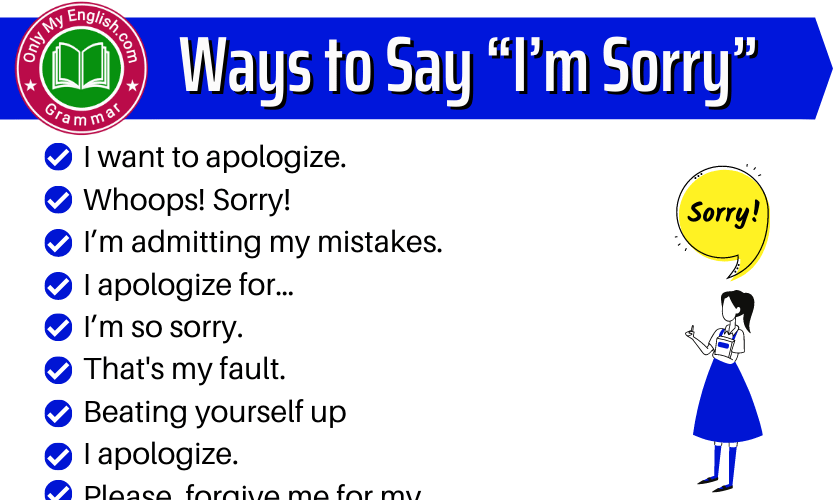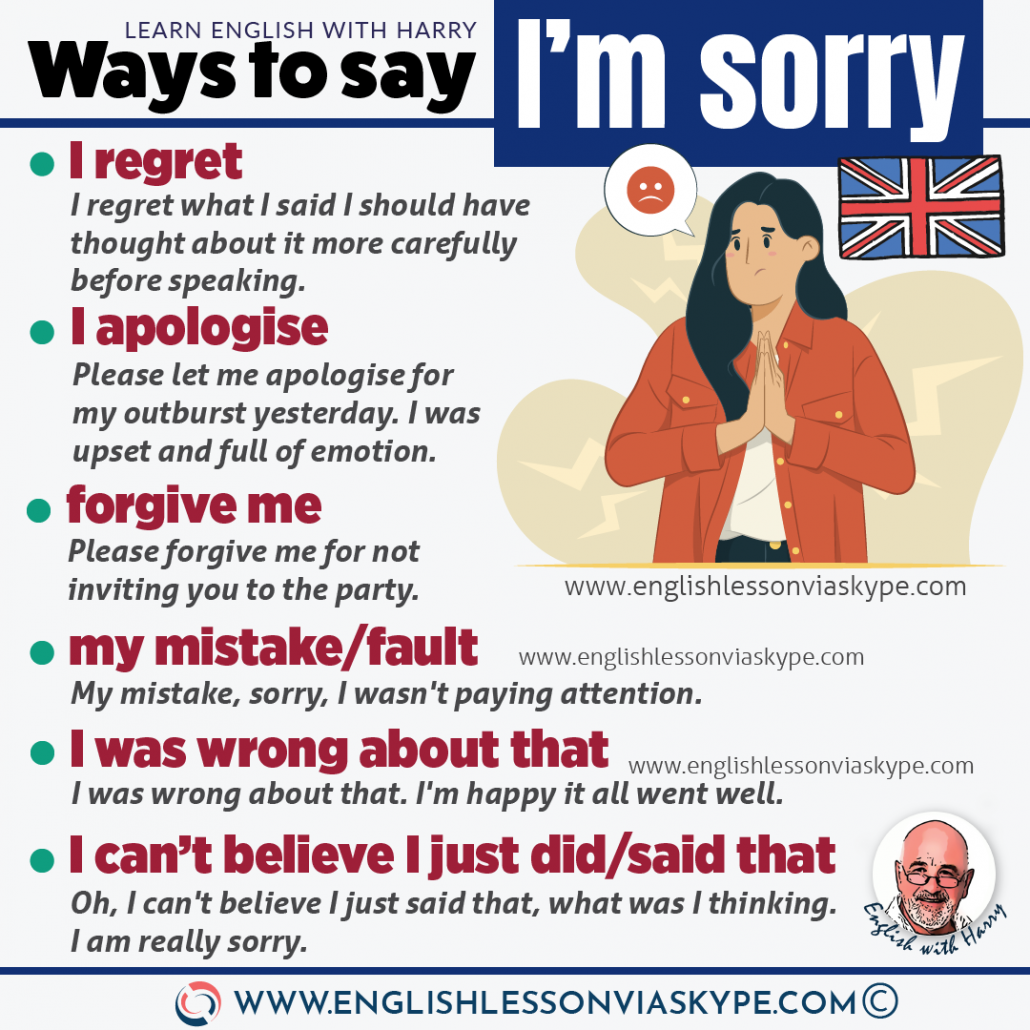How To Say Im Sorry Without Saying Im Sorry
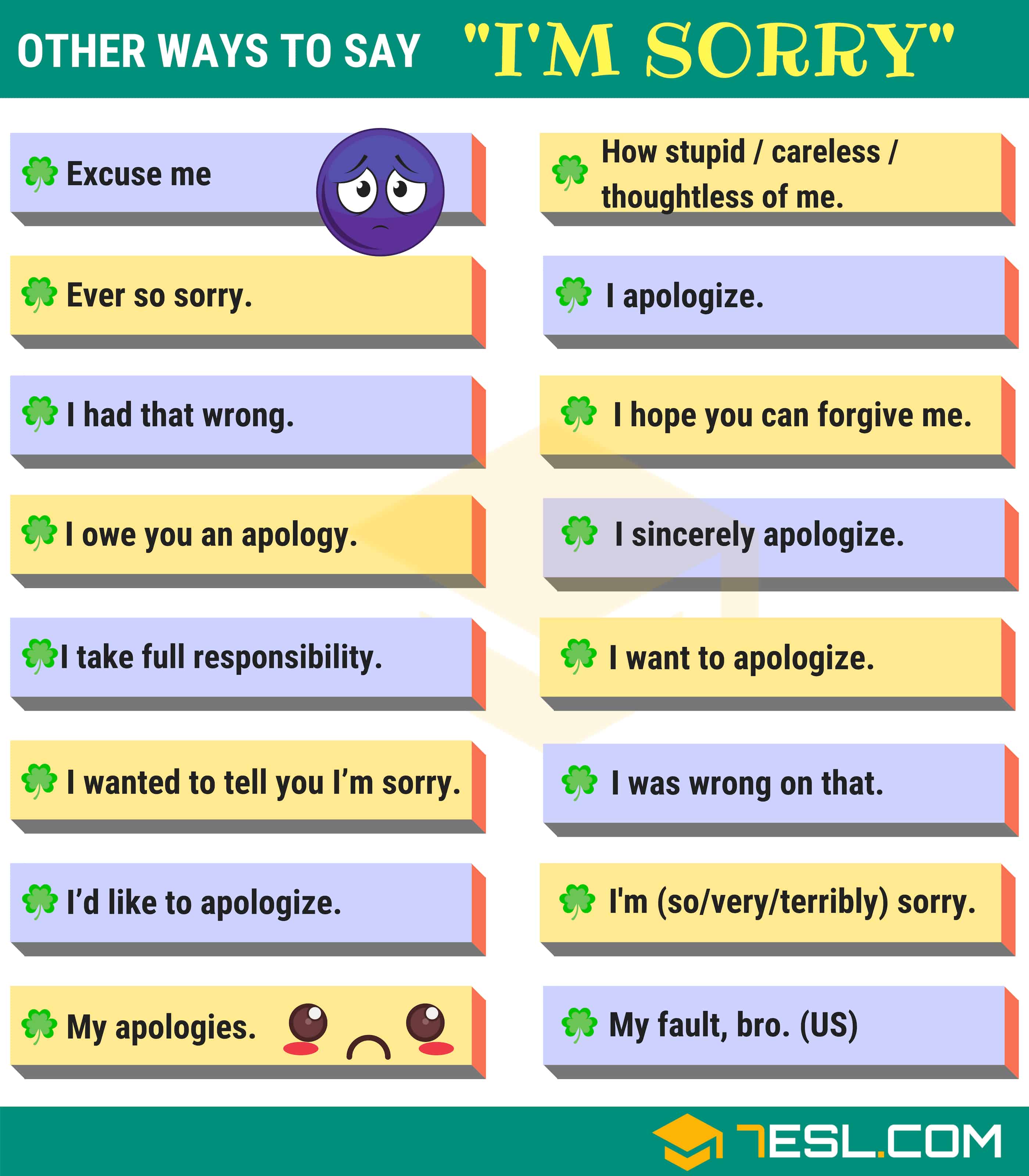
Navigating interpersonal conflicts requires finesse. Saying sorry can be difficult, but restoring relationships is often paramount.
This article delves into strategies for conveying remorse and taking responsibility without uttering the specific words "I'm sorry," focusing on actions and communication techniques that prioritize understanding and resolution.
Acknowledging Impact: The First Step
Instead of a direct apology, focus on acknowledging the impact of your actions. Use phrases like, "I understand my actions caused you pain," or "I see how what I did affected you."
This approach prioritizes the other person's feelings.
Expressing Regret, Differently
Regret can be expressed without a direct apology. Say, "I wish I had handled that differently," or "Looking back, I realize I made a mistake."
This demonstrates self-awareness and a willingness to learn.
Taking Responsibility, Head On
Ownership is crucial. Say, "I take full responsibility for my part in this," or "I own that I messed up."
Avoid shifting blame, which only exacerbates the situation.
Making Amends: Actions Speak Louder
Tangible actions are powerful. Ask, "What can I do to make things right?" or "How can I help to fix this?"
Offer concrete solutions instead of empty words.
Active Listening: Showing You Understand
Listen attentively to the other person's perspective. Paraphrase their concerns to ensure understanding.
Show that you're truly hearing and validating their feelings.
Empathy: Stepping Into Their Shoes
Express empathy by saying, "I can see why you feel that way," or "I understand your frustration."
This demonstrates you're trying to understand their emotional state.
Offering Explanations, Not Excuses
Provide context without deflecting blame. Explain your thought process without justifying harmful actions.
Focus on providing clarity, not evading responsibility.
Focusing on Future Behavior
Commit to changing your behavior. Say, "In the future, I will do [specific action] differently," or "I'm committed to improving how I handle this."
This shows a genuine desire to prevent future issues.
The Power of Sincere Nonverbal Communication
Maintain eye contact, use a calm tone, and demonstrate open body language. Nonverbal cues are essential in conveying sincerity.
Actions, coupled with appropriate body language, are far more convincing than hollow apologies. Sincerity is key.
Data on Apology Effectiveness
Research suggests that while apologies are generally effective, the perceived sincerity is the determining factor. A study by the Academy of Management Journal found that apologies that included a specific plan for rectifying the situation were significantly more effective at restoring trust.
Another study highlighted the importance of taking responsibility immediately to mitigate long-term damage.
When to Use These Techniques
These strategies are useful in situations where a direct apology might be difficult due to personal pride, legal considerations, or fear of further escalating the conflict.
However, it's important to assess the situation and use the approach that best addresses the other person's needs.
Next Steps: Ongoing Communication
Repairing relationships is an ongoing process. Continue to communicate openly and honestly, demonstrating your commitment to positive change.
Be patient and allow time for healing.




